Bordeaux Before You Know!
Bordeaux Before You Know!
By: Craig Dziadowicz
If you caught my last article, I made note that I have been in the wine industry for twenty years. My first “wine mentor” told me that my first lesson in the world of wine was to return to work the following week and inform him of the five main Bordeaux varietals. This sounds like a simple task with the use of the internet; however, being that this was the mid 90’s and dial-up was the speed that chat rooms ran on, I would have to find an encyclopedia. After thumbing through a five-pound informational brick, I went out and found a book called “Wine for Dummies” (which is a great resource to get up and running if wine is to be a hobby!). So I returned to work the next week and walked up to the owner of the restaurant, and told him the five main Bordeaux varietals.
Fast forward about seven years and I find myself working part time in a wine shop. A regular customer came in and was introduced to me. This particular gentleman found it confusing that a twenty something (I was 25 at the time) was interested in wine and was working in the wine shop where he shopped. So with a smirk on his face he asked, “What are the five main Bordeaux varietals?” I replied with, “I know them, but do you?” He named four of the five, and I helped with the last one!
My point with this rambling is that there are thousands of grape varietals across the globe; however, if you want to develop a foundation of wine knowledge, start with Bordeaux. Bordeaux is a great example of how to understand varietal composition, geography, labels, and laws. The knowledge you get from understanding Bordeaux will help you to understand the wine regions of the world. It also puts you at the forefront of the most prestigious name in wine….. Bordeaux.
So what are the five main Bordeaux varietals? I will answer that question with a question: What red varietals come to mind when you think of Napa? And pay attention to the answer, as it can help you begin to navigate the geography of the world of wine.
OK, I know I said FIVE varietals, but technically you have to throw Carmenere into this group, regardless of the fact that it’s hardly grown in Bordeaux today.
Pat yourself on the back if you recognized a few of these varietals because of their dominance in Napa (yep the * might tip you off)! And there is a reason for that. I call it the “one team, one dream” mentality. If you find a varietal growing and thriving in a region, the other varietals that you will find in that region will have similarities and can often be grouped together. Thus the five (six) Bordeaux varietals all grow and produce very good fruit in Bordeaux and tend to replicate this in similar geographical regions around the world. Thus Bordeaux varietals do very well and are often found growing beside each other in Napa, Washington, Chile, Argentina, and Australia.
These varietals not only grow well in certain areas, but they also blend well with each other. This is why I put an asterisk next to Cabernet Sauvignon and Merlot!
If you find yourself in France and in Bordeaux (Lucky!), you will in essence be in a city built on an estuary. In fact, much of Bordeaux was underwater or very marsh like until the 17th century when the Dutch drained areas around the Medoc region of Bordeaux. This “dam” moment in wine history helped define what is known as the Right and Left Banks. These names reference the banks of the Gironde Estuary that divides Bordeaux. And knowing what side you are on will give you a good indication of the dominate varietal in a wine from that area. The Right Bank is predominantly Merlot based red wine, and the Left Bank is predominately Cabernet Sauvignon based red wine. There, it’s very simple. Bordeaux, broken down, is predominately a Merlot blend or a Cabernet blend, and by law the other varietals must be from the other five Bordeaux varietals.
Take this knowledge and apply it to other regions or wineries where you come across a Merlot or a Cabernet, and ask if there is any Cabernet Franc or Petit Verdot grown in the same area. You will catch the ear of the person you are talking to and open up additional wine conversation and opportunity (and perhaps additional tastings!!!!!).
Go out with confidence and search new wine regions of the world that you may not have tried and look for Bordeaux varietals. Taste and study what is the most defined wine region of the world! Understand these five (six) varietals, then study up on the First Growth wines – wines that are basically the guideline for all other Bordeaux varietal wines (no matter where they come from). These are wines that are not sold, but bought and paid for at the highest of prices. Historic châteaux that were able to have a country write laws about their grapes!
So my homework for you is to research the five First Growth (Premier Cru) wines of Bordeaux and play around with that bit of knowledge and history. And if you happen to come across a bottle, I expect a phone call!
Always remember to drink what you like, not what someone tells you to like!
“I pair my wine with wine”
Broker, Consultant, Owner of Hidden Track Bottle Shop

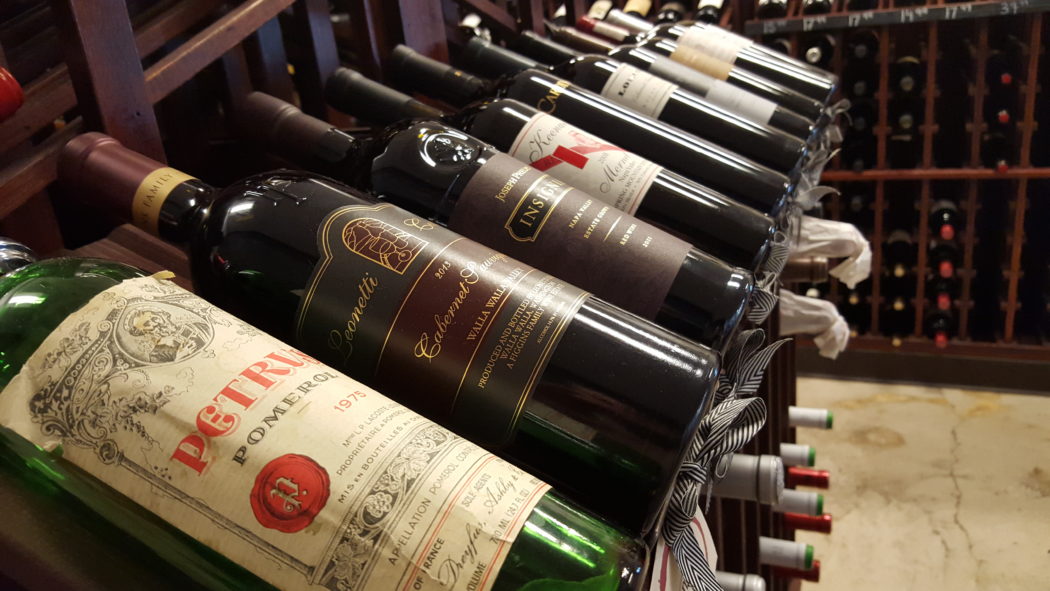
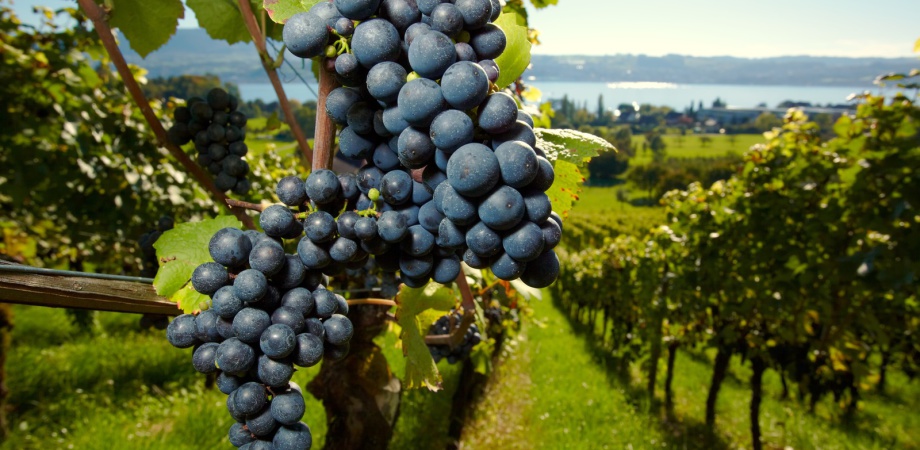
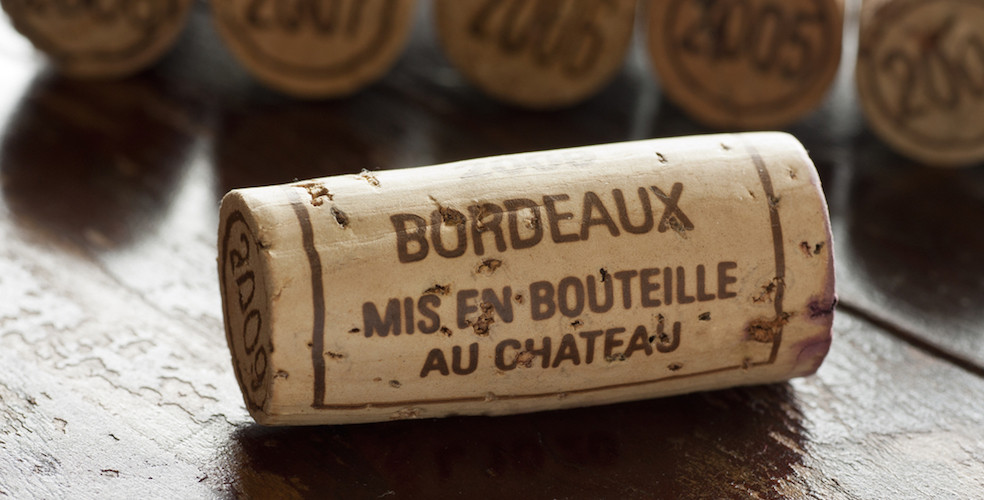
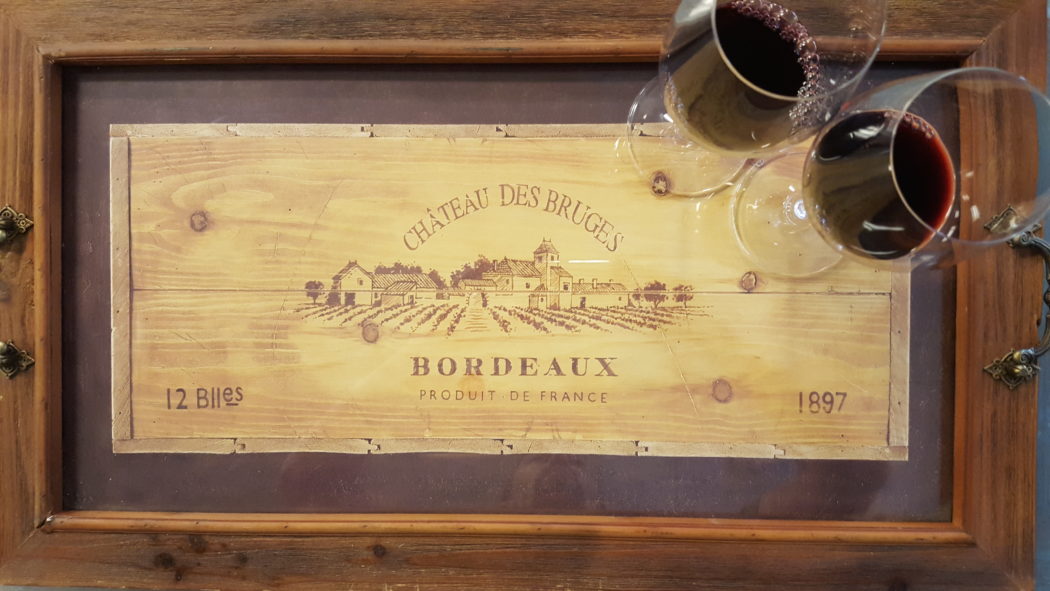
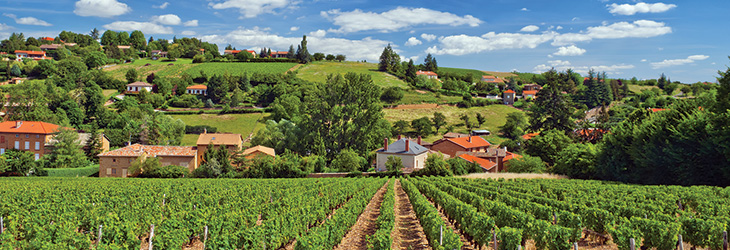
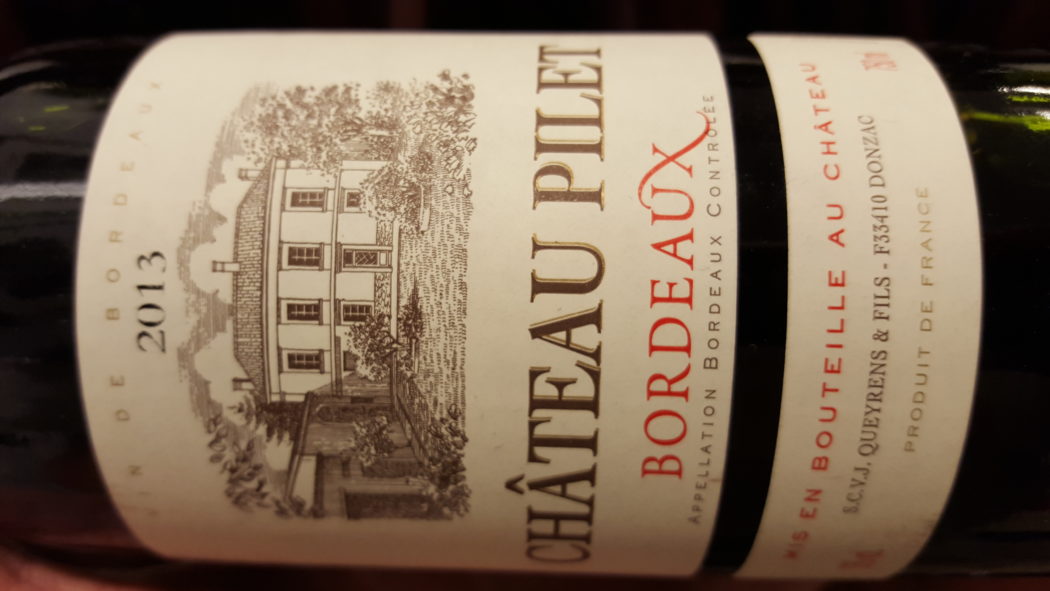
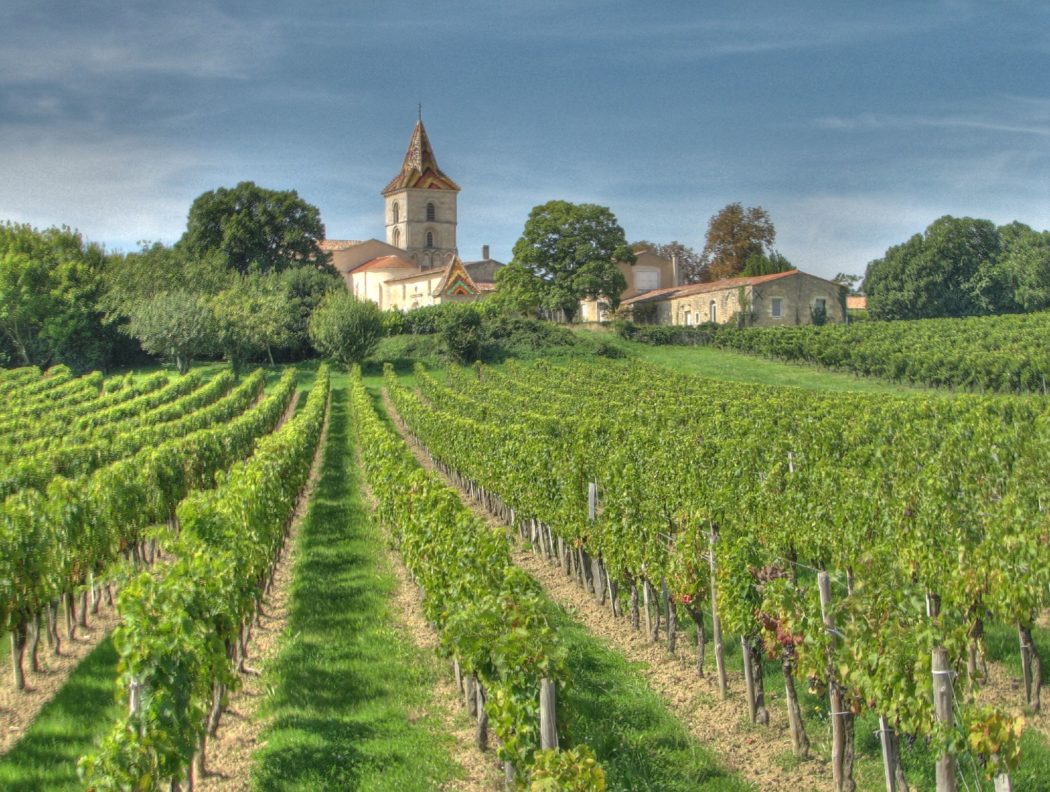
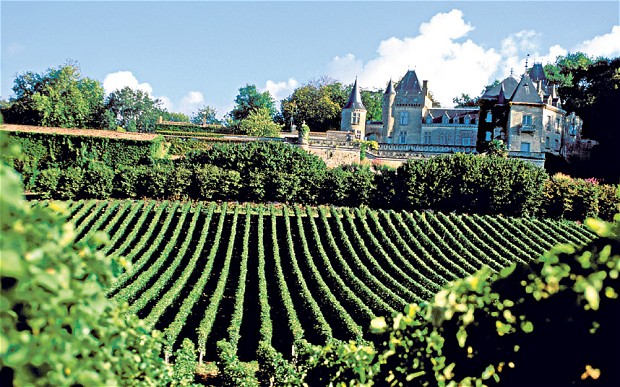
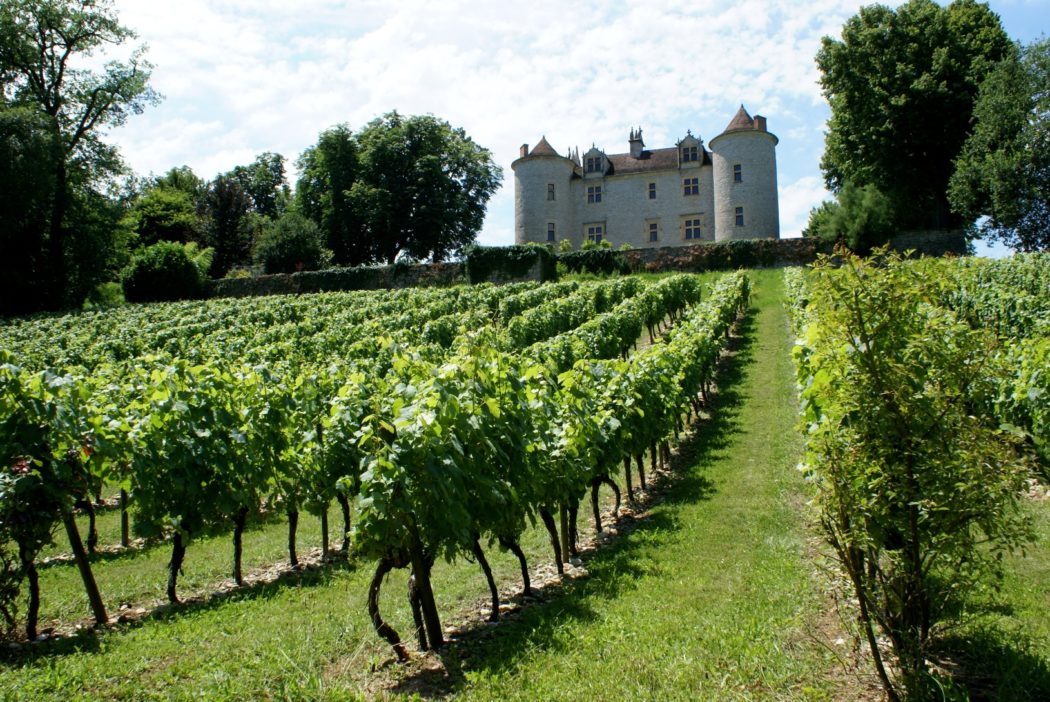
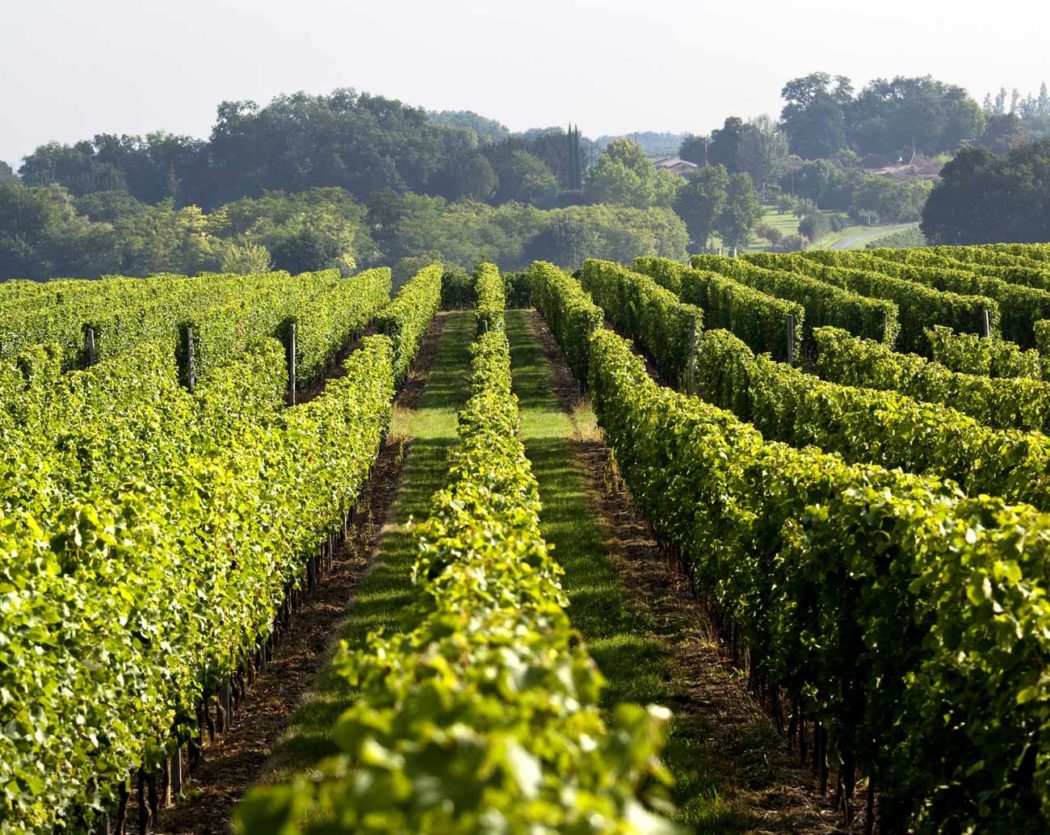
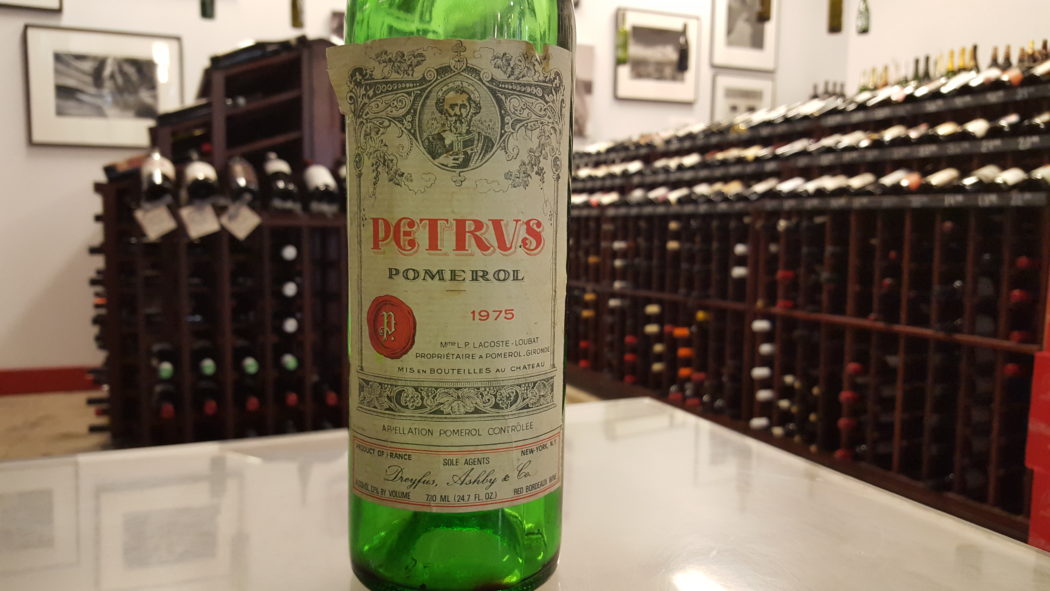
There are no comments
Add yours